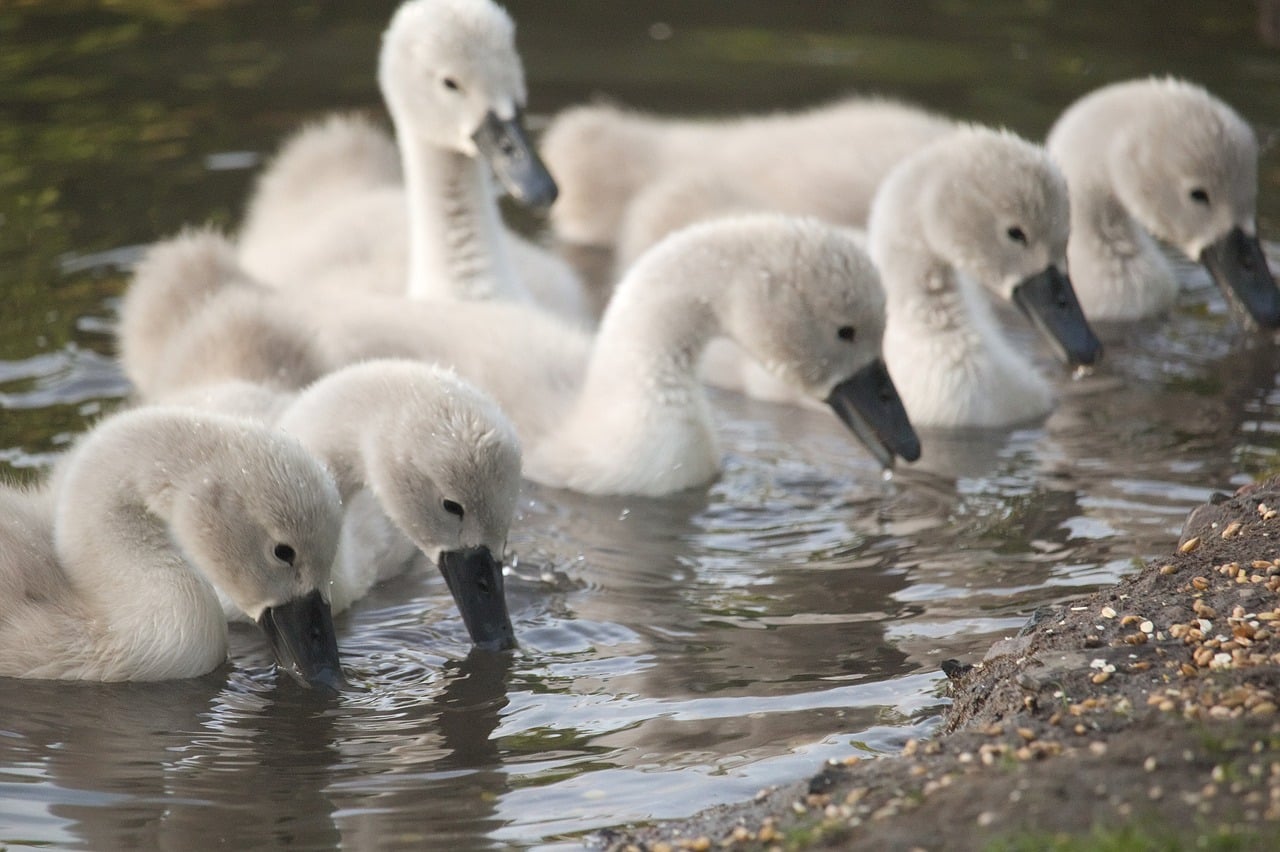How does urban wildlife conservation impact biodiversity in metropolitan areas?

In the bustling heart of our world’s great cities, a surprising trend has emerged. Amid the concrete jungles, urban wildlife and green spaces are flourishing, showing the determination of nature to survive in the most unexpected places. This narrative changes the way we perceive urban areas – from the gray, lifeless concrete expanses to vibrant ecosystems teeming with biodiversity. But how does urban wildlife conservation impact biodiversity in metropolitan areas? Let’s delve into this subject in more detail.
Urban Green Spaces: A Lifeline for Wildlife
As you traverse through the city, you may encounter a myriad of green spaces. They are more than mere decorative elements in the urban setting. These pockets of verdancy are the lifeblood of urban wildlife conservation.
A lire en complément : Explore exciting pokémon mystery boxes and their hidden treasures
Green spaces in cities serve as habitats for a variety of native species. They foster species richness, provide food sources, and create corridors for wildlife movement across urban areas. Without these spaces, many species would struggle to survive in the city, leading to a significant loss of biodiversity.
Urban green parks, community gardens, and even roadside plantings are all part of this vital network. Their presence encourages the survival of different types of flora and fauna, even in areas dominated by human activities.
Avez-vous vu cela : Exclusive offers on klm 787 business class for Europe
Maintaining and enhancing these green spaces is thus crucial for urban wildlife conservation. It ensures that native species continue to thrive, contributing to the biodiversity within our cities.
The Power of Technology in Urban Wildlife Conservation
By harnessing the power of technology, we can help safeguard urban wildlife and biodiversity. Smart tools like Google Scholar, CrossRef, and WorldCat have revolutionized the way we approach conservation in urban areas.
Google Scholar, for example, provides a wealth of academic resources on the subject. From studies about species richness in urban green spaces to articles on various conservation strategies, Google Scholar offers invaluable information for urban wildlife protection.
CrossRef, on the other hand, offers a powerful search tool for research articles. When you conduct a CrossRef search, you can access a multitude of scholarly articles, reports, and studies on urban wildlife conservation. This opens up a world of knowledge that can help formulate effective conservation strategies in our cities.
WorldCat, a global library catalog, allows you to access an array of books, journals, and other resources related to urban wildlife. By using these tools, we can tap into the collective knowledge of scientists, researchers, and conservationists from all over the world, helping us protect and enhance urban biodiversity.
Urban Wildlife Conservation: A Human Endeavor
The survival of wildlife in urban areas is not only a matter of ecological concern but also a human endeavor. As we shape our cities, we also shape the habitats and survival conditions for many species. Our actions can either endanger or protect them, making human involvement crucial in urban wildlife conservation.
City dwellers can play a significant role in this process. Simple actions like planting native vegetation, supporting local wildlife rescue centers, or participating in citizen science projects can make a huge difference.
The role of local governments and city planners is also indispensable. By incorporating wildlife-friendly designs and green spaces into urban planning, they can create cities that support rich biodiversity.
Concluding Thoughts: Urban Biodiversity and Sustainability
Urban wildlife conservation has a profound impact on biodiversity in metropolitan areas. By preserving green spaces and nurturing native species, we create vibrant, healthy ecosystems within our cities. This is not only beneficial for wildlife but also for us humans. Green spaces offer a place of solace amidst the hustle and bustle of city life, contribute to our mental wellbeing, and improve air quality.
The use of technology like Google Scholar, CrossRef, and WorldCat equips us with the knowledge needed to craft effective conservation strategies. Moreover, the participation of city dwellers and thoughtful urban planning further strengthens these efforts.
To conclude, urban wildlife conservation is indispensable for biodiversity in metropolitan areas. It transforms our cities into havens of biodiversity and highlights the resilience of nature. With mindful action and continued efforts, we can ensure that even in the heart of concrete jungles, life in all its diversity continues to thrive.
